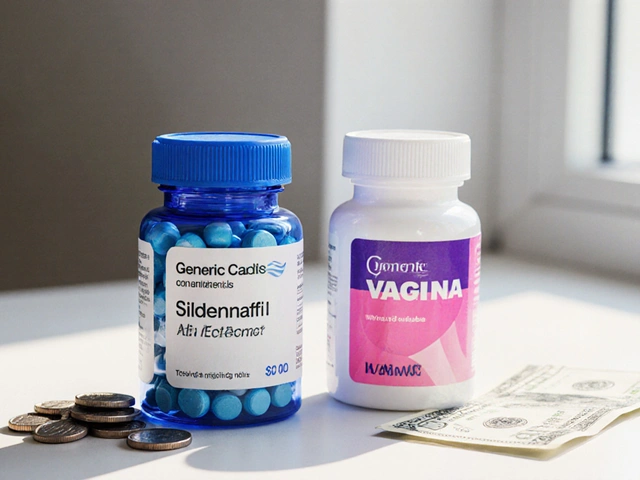Melphalan – Essential Guide
When dealing with Melphalan, a chemotherapy drug primarily used for blood‑related cancers. Also known as L‑PAM, it belongs to the alkylating agent, a class of drugs that attach alkyl groups to DNA and break its ability to replicate.Melphalan works by forming cross‑links in the DNA strands of rapidly dividing cells, which stops them from multiplying. This mechanism makes it a key player in high‑dose regimens for multiple myeloma, a cancer of plasma cells in the bone marrow. Because the drug targets fast‑growing cells, doctors pair it with stem cell transplant, a procedure that replaces damaged bone‑marrow cells after intensive chemotherapy to allow higher, more effective doses.
Why does Melphalan matter for patients with multiple myeloma? The disease often requires aggressive treatment to achieve remission, and standard chemotherapy alone may fall short. By using a high‑dose Melphalan protocol followed by autologous stem cell rescue, doctors can push the drug’s potency while protecting the patient’s blood‑forming system. This approach has become a cornerstone in modern myeloma care, offering longer disease‑free periods and better quality of life for many. However, the power of the drug also brings challenges: nausea, low blood counts, and kidney strain are common side effects that need proactive management.
Practical Tips for Managing Melphalan Therapy
First, dosing matters. Oncologists calculate the dose based on body surface area and kidney function, aiming to hit the sweet spot between killing cancer cells and sparing healthy tissue. Second, hydration is crucial; patients are often given IV fluids before and after the infusion to protect the kidneys. Third, anti‑nausea meds such as ondansetron are standard to keep the stomach settled. Fourth, regular blood work tracks white cells, platelets, and hemoglobin, allowing timely interventions like growth‑factor shots or transfusions. Finally, patients should stay alert for signs of infection, as low white‑cell counts can leave them vulnerable.
Beyond the immediate treatment cycle, long‑term follow‑up focuses on monitoring for secondary cancers and organ damage. Because Melphalan can linger in the body, doctors schedule periodic scans and lab tests to catch any late effects early. Lifestyle choices also play a role: staying hydrated, avoiding smoking, and maintaining a balanced diet help the body recover faster. Support groups and counseling can ease the emotional toll of intensive therapy, especially when stem cell transplant recovery feels overwhelming.
For patients not eligible for high‑dose regimens, lower‑dose Melphalan combined with other agents like bortezomib or lenalidomide offers an alternative. These combos still target myeloma cells but with a gentler side‑effect profile. Clinical trials continue to explore novel pairings, aiming to improve outcomes while reducing toxicity. If you’re considering enrolling, ask your doctor about eligibility criteria, study locations, and potential benefits versus risks.
In summary, Melphalan sits at the intersection of powerful DNA‑damage therapy, precise dosing, and supportive care. Its role as an alkylating agent makes it uniquely effective against rapidly dividing cancer cells, while the integration with stem cell transplant enables clinicians to push dosage limits safely. Understanding the drug’s mechanisms, side‑effect management, and follow‑up strategies empowers patients and caregivers to navigate treatment with confidence.
Below you’ll find a curated collection of articles that dive deeper into chemotherapy‑induced nausea, stem cell transplant logistics, and the latest advances in multiple myeloma care, giving you actionable insights and practical advice you can use right away.





